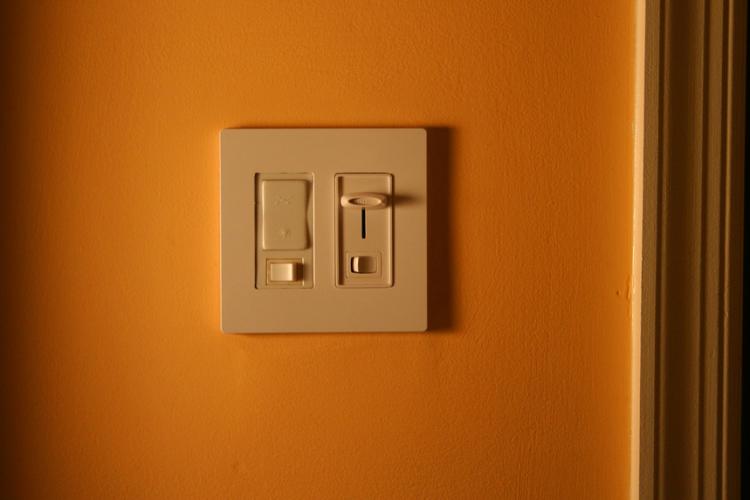
The MPSC’s IRP Authority
One big story coming out of the Michigan energy package enacted this past December is the significant authority given to the Michigan Public Service Commission (MPSC) on a number of critically important facets of energy policy analysis, administration and implem









